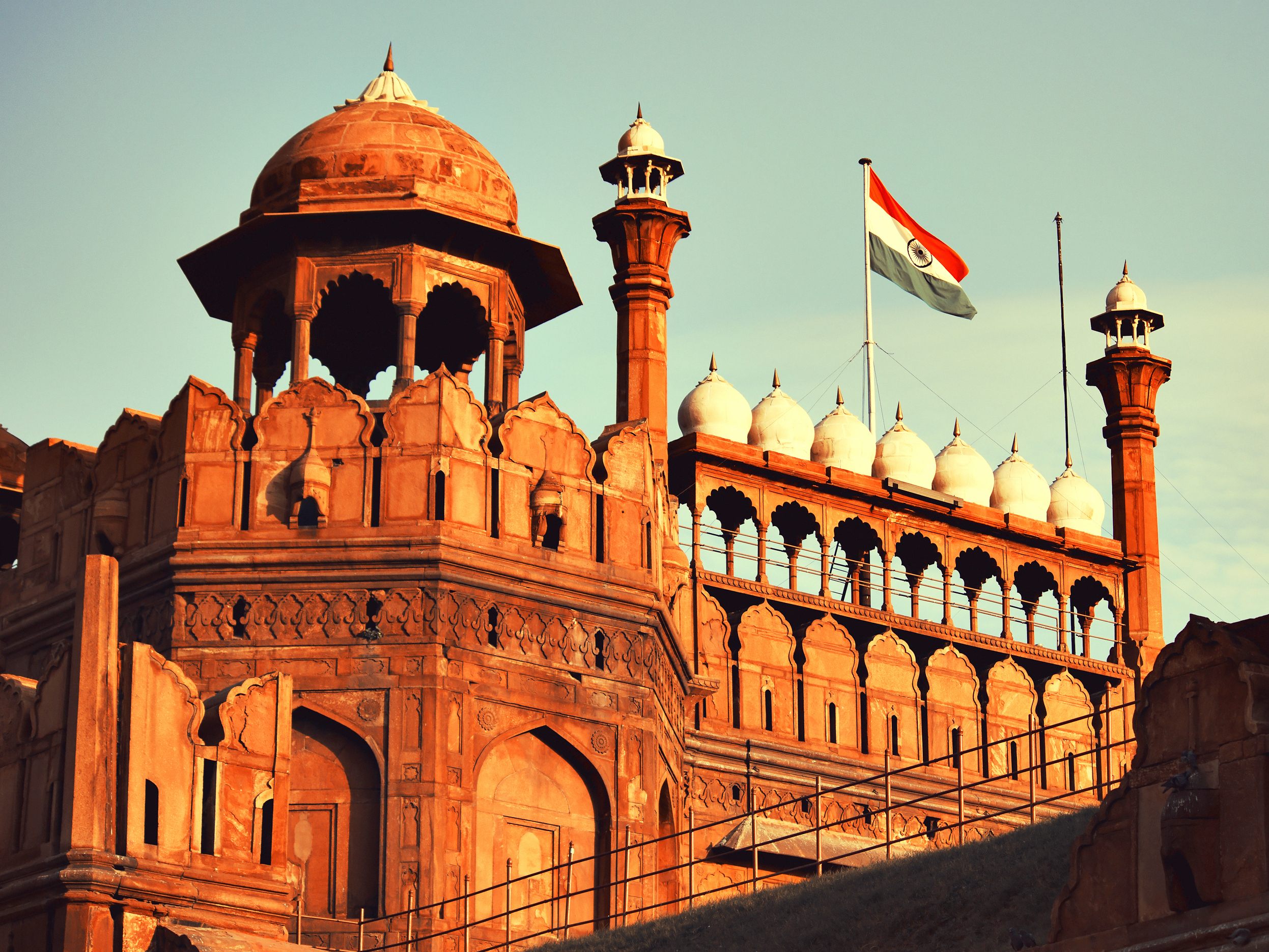Architects in India Use Natural Cooling to Take the Edge off Factory Emissions
From hot air to cool breeze.

Thousands of years before air conditioners were invented, architects in hot climates were well-versed in making the most of natural materials and weather patterns to keep buildings and their occupants cool.
Builders in India during the time of the Mughal Empire, which ruled much of the subcontinent between the 16th and 18th centuries, relied on a few tricks to ward off the hot climate that dominates two-thirds of the year. For example, they installed adjustable bamboo screens, which could be lowered depending on the position of the sun, or built vaulted roofs to deflect the full force of the sun during the hottest part of the day. They also employed evaporative cooling, or using water to take the edge off a hot breeze. The emperor’s throne room in Dehli’s Red Fort, for instance, was surrounded by four open gates that were sprinkled with water, according to a 2013 article from Aligarh Muslim University.
The Mughals got the trick from Persia, but fundamentals of evaporative cooling go back to ancient Egypt at least. Now a team of Dehli-based architects, Ant-Studio, has turned to this common-sense technique to cool down emissions from an electronics factory in the capital—with little cost, energy use, or environmental impact.
Monish Siripurapu and colleagues stacked dozens of conical terracotta tubes, and rigged a system to send a flow of water over them. Hot air from the factory’s generators get directed through the tubes. Their first attempt dropped the temperature of the surrounding area from 107 to 96 degrees Fahrenheit.
“I believe this experiment worked quite well functionally,” Siripurapu told architecture magazine ArchDaily. He also sees beauty in the cellular tube structure, and the potential for a new art and craft form that could engage local artisans. “There are many factories throughout the country that face a similar issue,” he said, “and this is a solution that can be easily adopted and a widespread multiplication of this concept may even assist the local potters.”



















Follow us on Twitter to get the latest on the world's hidden wonders.
Like us on Facebook to get the latest on the world's hidden wonders.
Follow us on Twitter Like us on Facebook